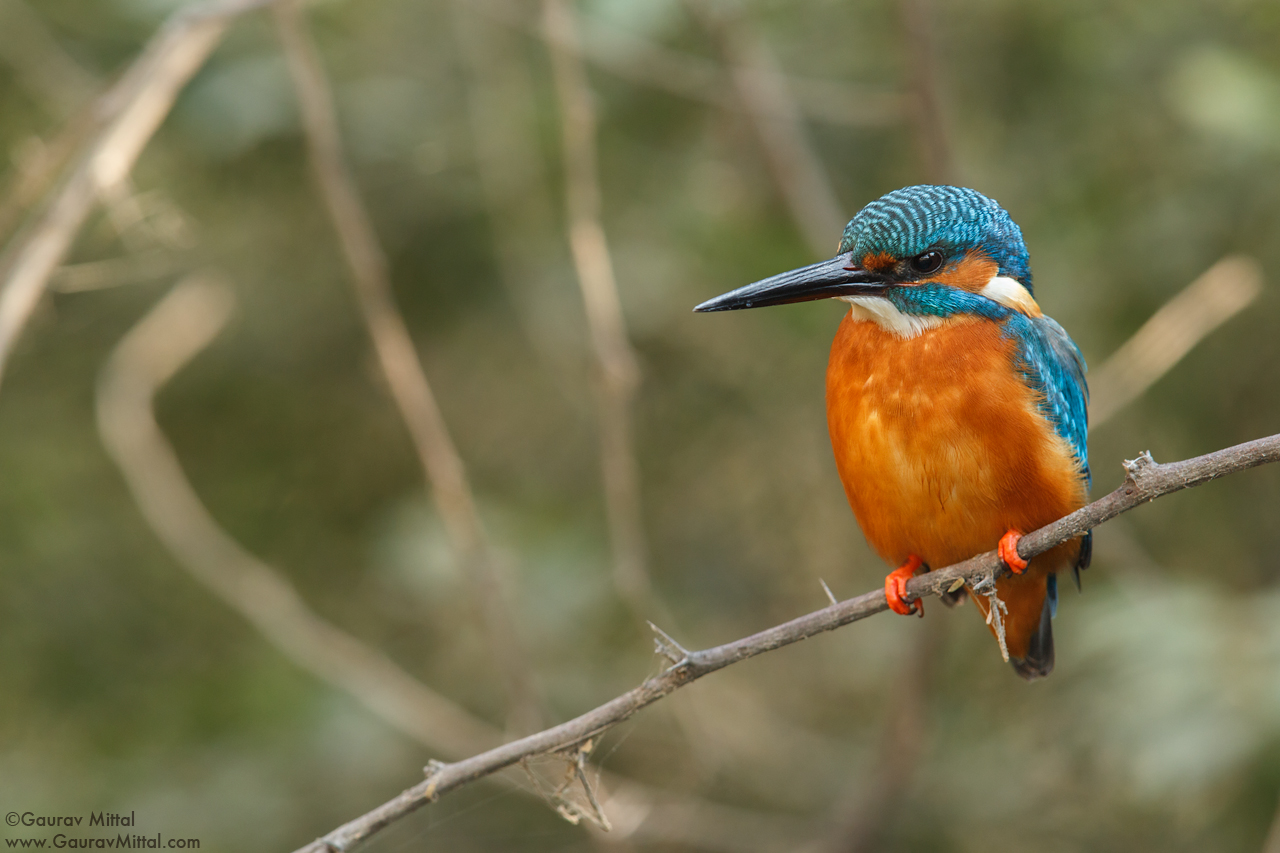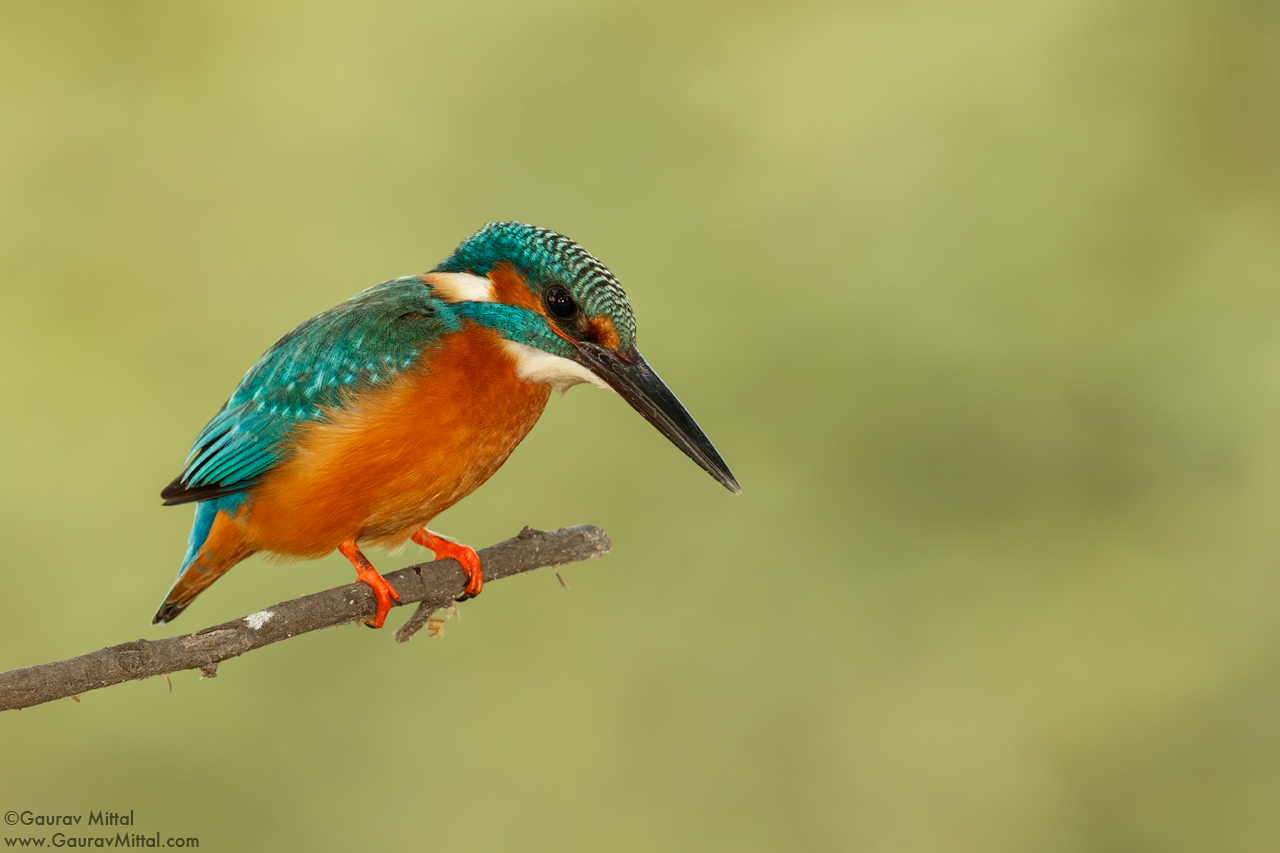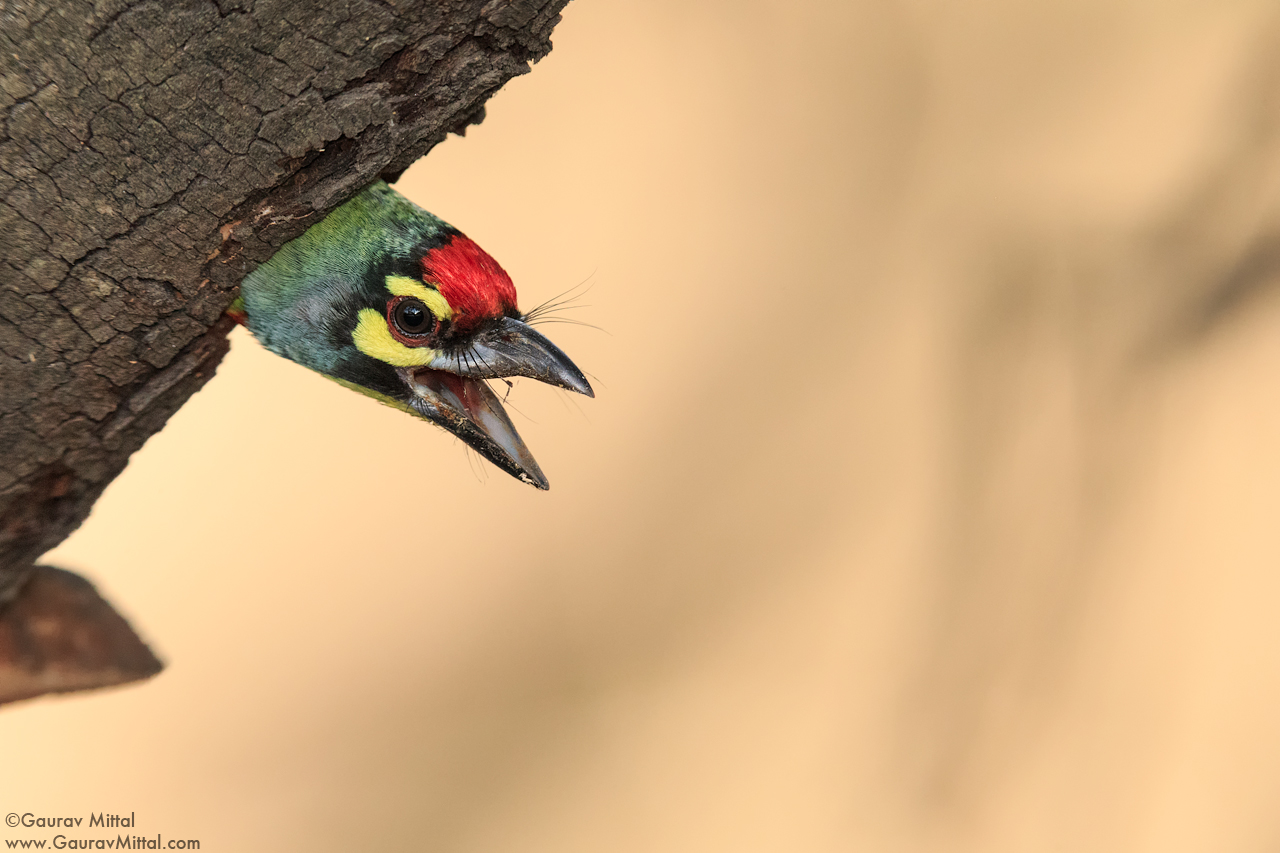18
Jan
Tips For Making Your Subject Stand Out
- By Gaurav Mittal
- No Comments
Before you press the shutter, pay attention to the background and think how it will impact the visual appeal of your images.
As a bird photographer, I always prefer to see birds perched or flying against colorful backgrounds that accentuate their beauty. As beautiful as birds are, in bird photography that almost amounts to nothing if one does not take into consideration that it is in the hands of the photographer to bring birds to life thru carefully crafted images. I say this because, to most people, birds are distant moving or sitting subjects. Many photographers go into a shooting spree when they see a bird, often not taking the background behind it into consideration. By virtue of considering and practicing the following concepts, your bird images can go from looking ordinary to spectacular.
Avoid Distractions
Distracting objects in the background just look bad and draw focus away from the bird, essentially making it look ordinary.
Change Your Perspective
Look behind the bird and see if there is an area where with a clean patch. This means you may have to go lower, higher, and side-to-side to find a position to ensure the bird’s perch is away from any background distraction. Birds are creatures of habit and often return to the same area; so frame the image and wait. Always think about and look at the elements that will distract your audience from the bird; eliminate these elements while framing the image. Both of the images above are of the Common Kingfisher. It’s evident that the second image clearly makes the same bird look very attractive due to the cleaner green background.
Get Creative With Depth of Field
When using a telephoto lens, take into consideration that a large aperture gives you a shallow depth of field and throws the background out of focus. While a clean background may be pleasing, it can also make your images look redundant and boring. It’s ideal to use DOF to your advantage and to get creative. By closing down the aperture, essentially increasing the f-stop number, you can introduce some amount of the background with a subtle and creative effect. A textured look with varied tones can be pleasing and can complement the bird. By simply moving slightly to the left, I was able to bring in some distant tree branches behind the Coppersmith Barbet.
Avoid Blue Skies
Unless there is a spectacular aerial fight or action happening between some birds, generally avoid the friendly blue skies. It’s much more appealing to show the bird in its habitat; it tells a story about the bird’s life and where it spends its time hunting or feeding. In the image above, I waited until the Streaked Spiderhunter came out from a nearby tree and flew onto the hanging tree vines, which these birds frequent for feeding and lookouts. As soon as I got eye contact, I pressed the shutter.
It’s extremely important to keep in mind that, when photographing birds, the background is just as important. The background complements the bird and accentuates its beauty as well as helps tell its story. Next time, before you press the shutter, pay attention to the background and think how it will impact your images.








Submit a Comment